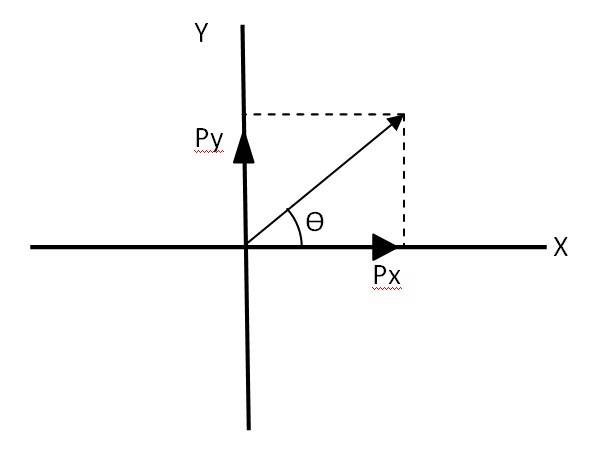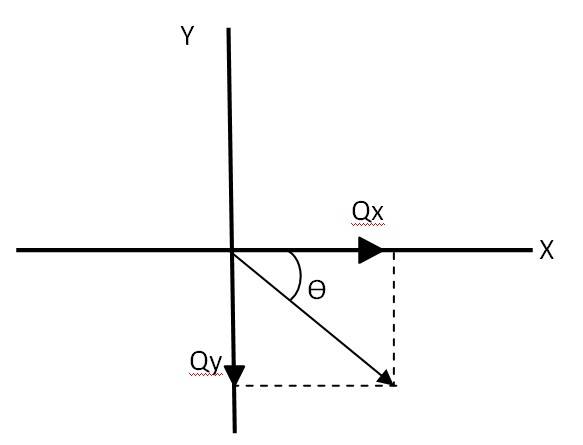What is Buoyancy? Explain Archimedes principle and how it helps determine whether an object will float or sink in a fluid.
-
1 Answer
-
According to the NCERT Solutions for Class 11 Physics Chapter 9 Mechanical Properties of Fluids, when an object is immersed in the fluid, the fluid opposes its weight and exerts an upward force, called buoyancy. It is due to the difference in the pressure of the fluid at different depths, at the bottom of a submerged object, the fluid pressure is more than the pressure at its top. Archimedes' principle is used to quantify this buoyant force. It states that when an object is fully or partially immersed in a fluid, the upward buoyant force it experiences is equal to the fluid weight displaced by the body. To understand whether the object
...more
Similar Questions for you
Yes, there are many numerical problems in class 11 Physics. All important formulas must be on figure tips.
Class 11 Physics Chapter 11 is Thermodynamics. It is one of the most important topic in Physics.
There are three main processes Isothermal, adiabatic and cyclic process. In isothermal, the system is thermally conductive and the temperature remains constant. In adiabatic process, the system is thermally isolated and there is no change in heat temperature. The system returns to its initial stage in the cyclic process.
4.22

Let us consider a vector . The equation can be written as
Px = Py = 1 = = = …….(i)
So the magnitude of vector + =
Let be the angle made by vector , with the x axis as given in the above figure
= = , = 45 with the x axis

Let = -
– = ( –
= = 1
= =
Hence = . Therefore the magnitude of ( + =
Let
Taking an Exam? Selecting a College?
Get authentic answers from experts, students and alumni that you won't find anywhere else
Sign Up on ShikshaOn Shiksha, get access to
- 66k Colleges
- 1.2k Exams
- 680k Reviews
- 1800k Answers
